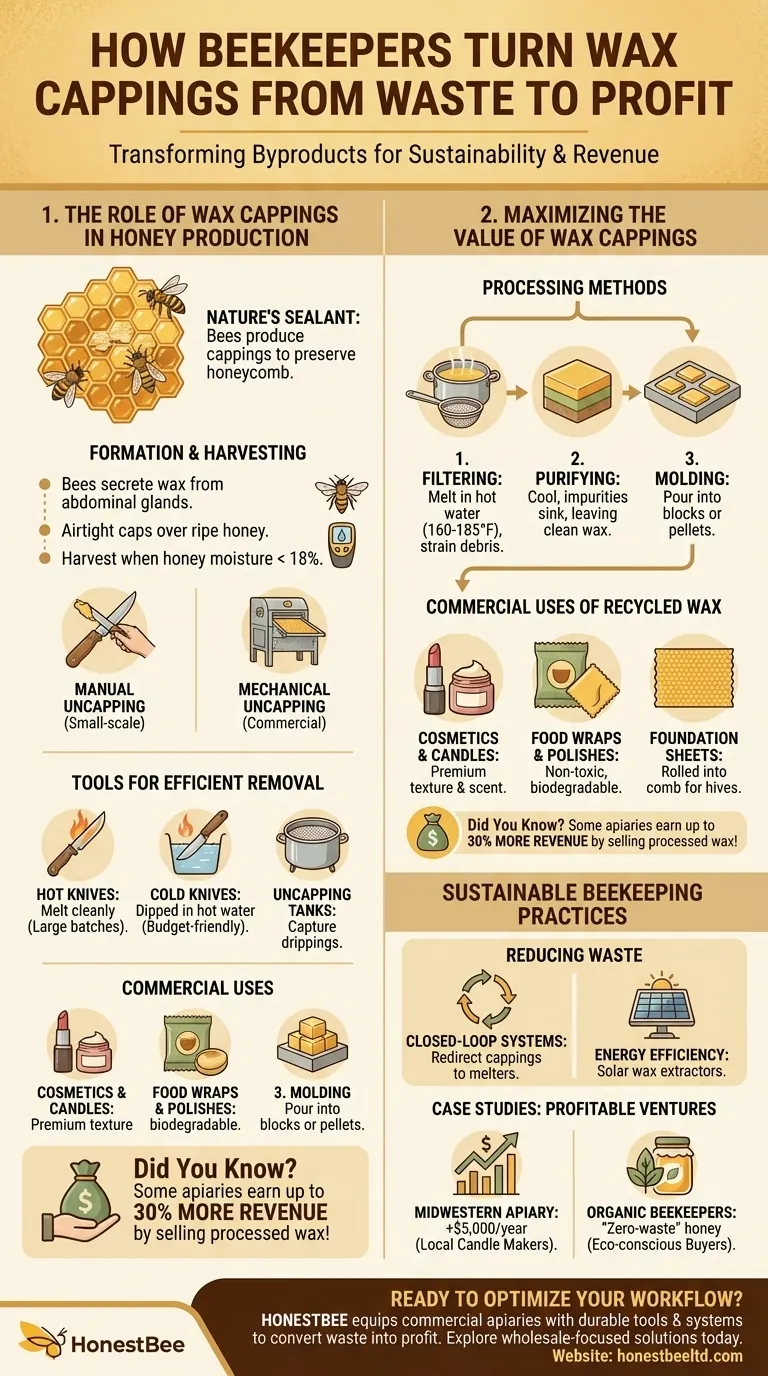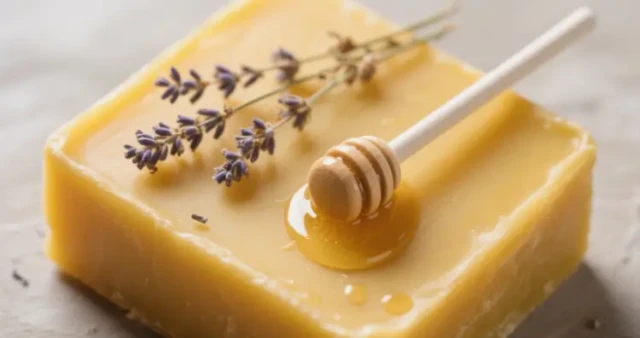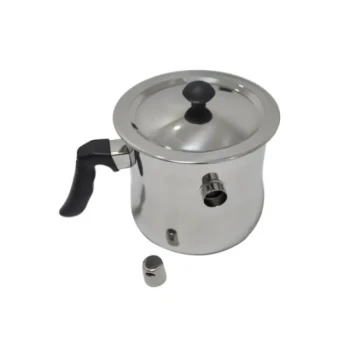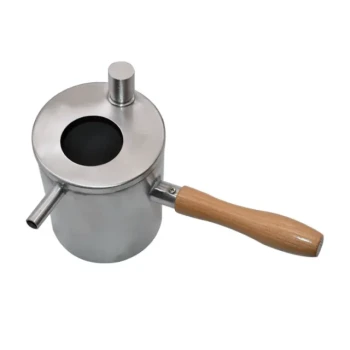수 세대 동안 양봉업자들은 밀랍 덮개를 꿀 추출의 단순한 부산물로 여겼습니다. 그러나 이 얇은 밀랍 층은 아직 활용되지 않은 잠재력을 가지고 있으며, 이를 전환하면 지속 가능성과 수익을 모두 높일 수 있습니다. 이 가이드에서는 입증된 처리 기술과 상업적 응용을 바탕으로 덮개를 재활용하는 실용적인 방법을 소개합니다.
꿀 생산에서 밀랍 덮개의 역할
밀랍 덮개는 자연의 밀봉재 역할을 합니다. 일벌은 꿀이 찬 벌집을 보존하기 위해 이를 생산합니다. 꿀을 수확할 때 이 덮개를 제거하는 것이 첫 번째 단계이지만, 이를 버리는 것은 자원이 풍부한 물질을 낭비하는 것입니다.
밀랍 덮개의 형성 및 수확 방법
벌은 복부 샘에서 밀랍을 분비하여 잘 익은 꿀 위에 밀봉된 덮개를 만듭니다. 추출 중:
- 시기 조절이 중요: 꿀의 수분 함량이 18% 미만일 때 덮개를 가장 쉽게 제거할 수 있습니다.
- 수확 방법: 수동 덮개 제거(소규모 운영에 일반적) 또는 기계식 덮개 제거(상업용 양봉장용).
효율적인 제거를 위한 도구 및 기술
적절한 도구는 폐기물을 최소화하고 밀랍 품질을 유지합니다.
- 열 칼: 전기 가열 칼날이 덮개를 깨끗하게 녹여 대량 처리에 이상적입니다.
- 냉 칼: 저렴하고 뜨거운 물에 담그면 마찰을 줄여 효과적입니다.
- 덮개 제거 탱크: 나중에 처리할 수 있도록 흘러내린 것을 수집합니다.
전문가 팁: 덮개 제거 롤러 또는 슬라이서와 도구를 함께 사용하면 공정을 더 빠르게 진행할 수 있습니다.
밀랍 덮개의 가치 극대화
처리된 덮개는 다양한 시장을 가진 상품인 고품질 밀랍을 생산합니다.
청소부터 밀랍까지: 처리 방법
- 여과: 덮개를 뜨거운 물(160–185°F)에 녹인 다음 면포를 통해 걸러 불순물을 제거합니다.
- 정제: 밀랍을 식히면 불순물이 가라앉아 깨끗한 윗부분이 남습니다.
- 성형: 정제된 밀랍을 블록 또는 펠릿으로 부어 보관하거나 판매합니다.
재활용 밀랍 덮개의 상업적 용도
- 화장품 및 양초: 밀랍의 자연스러운 질감과 향은 프리미엄 가격을 받을 수 있습니다.
- 식품 포장지 및 광택제: 합성 제품의 무독성 및 생분해성 대안입니다.
- 기초 시트: 재활용 밀랍을 벌집 기초 시트로 만들 수 있습니다.
알고 계셨나요? 일부 양봉장은 꿀과 함께 처리된 밀랍을 판매하여 수익을 최대 30%까지 늘립니다.
지속 가능한 양봉 관행
효율적인 덮개 재사용은 친환경 양봉 관리와 일치합니다.
꿀 추출 시 폐기물 줄이기
- 폐쇄 루프 시스템: 덮개를 쓰레기통 대신 밀랍 용해기로 재활용합니다.
- 에너지 효율: 태양열 밀랍 추출기는 처리 중 연료비를 절감합니다.
사례 연구: 수익성 있는 밀랍 덮개 사업
- 중서부 양봉장: 지역 양초 제조업체에 정제된 밀랍을 공급하여 연간 5,000달러 추가 수익 창출.
- 유기농 양봉업자: "제로 폐기물" 꿀을 판매하여 환경 의식이 있는 구매자에게 어필.
양봉 작업 흐름을 최적화할 준비가 되셨나요? HONESTBEE는 상업용 양봉장 및 유통업체에 내구성 있는 덮개 제거 도구 및 추출 시스템을 제공하여 폐기물을 수익으로 전환하도록 돕습니다. 지금 바로 도매 중심 솔루션을 살펴보세요.
시각적 가이드

관련 제품
- 왁스 가공용 스팀 밀랍 용융 왁스 워머
- 캔들 제조용 밀랍 용융기 허니비 왁스 용융기
- 양봉 및 공예용 전문 스테인리스 스틸 왁스 용융기
- 양봉용 트레이가 있는 전기 평탄화 및 엠보싱 기계
- 왁스 가공용 작동 트레이가 있는 전기 밀랍 플랫 시트 기계




















